By Julie Wright —President
Twitter: @juliewright
I recently had the opportunity to hear from Jon Goldberg of Reputation Architects on managing your online reputation. The occasion was the PRSA Western District Conference in Phoenix, April 11 and 12 where I spoke on a storytelling panel.
Goldberg is a seasoned public relations and reputation strategist advising Fortune 500 clients as Chief Reputation Architect with his firm, specialists in managing your online reputation and offline as well.
I learned about many different landmines lurking on the web. The risks run from websites that post damaging content and then charge fees to remove it to consultants who cut corners to suppress damaging search engine results.
Goldberg shared story after story of reputation management gone awry as well as best practices to follow for managing your online reputation.
If you find yourself the subject of an Internet nastygram, Goldberg advised that you have three options:
1. Ignore It
When emotions are running high, it’s hard for people to keep their cool and put things in perspective. However, ignoring damaging content online is often the best strategy. More on this below.
2. Hide It
Through the publication of a large volume of search-optimized content, you can seek to overwhelm the negative result in search engine rankings. Search algorithms are wise to these strategies so attempting to game the system can raise Google’s suspicion.
“The idea is to publish a steady stream of high-quality content, which over time will push negative search results off the first page. Attempting to game the system by pumping out low-quality content and questionable links, a technique used by many black-hat SEO companies, will just lead to a bigger and potentially more embarrassing mess in organic search,” said Goldberg.
3. Make it Disappear
If you want to make a negative search result vanish forever, you also have only three options: ask nicely, threaten the publisher or sue.
Threatening or suing both risk angering the outlet. For instance, if you’re a Fortune 1000 company targeting a small publisher or individual, the David-and-Goliath narrative will give your brand a black eye. Suing is risky because libel, slander, defamation and other such allegations are difficult to prove to the courts.
Avoid the Streisand Effect
Goldberg shared a few examples of online reputation management gone horribly wrong. One very interesting example is what has become known as the Streisand Effect. It refers to a situation where Barbra Streisand’s Malibu home was photographed in a public database of coastal lands. She sued the photographer to have her home removed from the database. From Wikipedia:
Before Streisand filed her lawsuit, “Image 3850” had been downloaded from Adelman’s website only six times; two of those downloads were by Streisand’s attorneys. As a result of the case, public knowledge of the picture increased greatly; more than 420,000 people visited the site over the following month.
Sometimes confrontation attracts even more unwanted attention and ignoring the content is the best course.
So, how do you legitimately suppress an unfortunate online mention?
“Good content is the answer to bad content,” said Goldberg.
Publishing good content that attracts significant views and inbound links from other reputable sites with high domain authority is the answer.
Look to PR for Managing Your Online Reputation
Goldberg’s message perfectly echoed the sentiment presented by another of the conference’s speakers, Gini Dietrich. Dietrich is founder and CEO of marketing communications firm Arment Dietrich in Chicago. She is also lead blogger at the PR and marketing blog Spin Sucks. She urged public relations practitioners to lean into PR’s power for producing credible, high-ranking online content.
Working with media outlets to get that content published with an optimized inbound hyperlink are the key to raising search engine visibility for good content.
Both Dietrich and Goldberg warned that there are many underqualified and ill-equipped service providers who are encroaching on what should be PR’s domain (reputation management and story pitching and placement). These unscrupulous SEO consultants would have companies believe that reputations and rankings can be bought cheap.
However, the outcomes produced by these firms look cheap and cheapen your reputation. They’ll generate gibberish articles, plagiarized or generic content, and black hat SEO techniques that can get you blacklisted from review sites.
It reminds me of my advice to young PR practitioners: there are no PR shortcuts. The same is true for managing your online reputation, not to mention your offline reputation.
Reputation management is like a game of chutes and ladders. It takes a lot of work and many years to build up your reputation but only minutes and one mistake to tear it down.
Don’t be fooled into thinking your reputation online is any different.
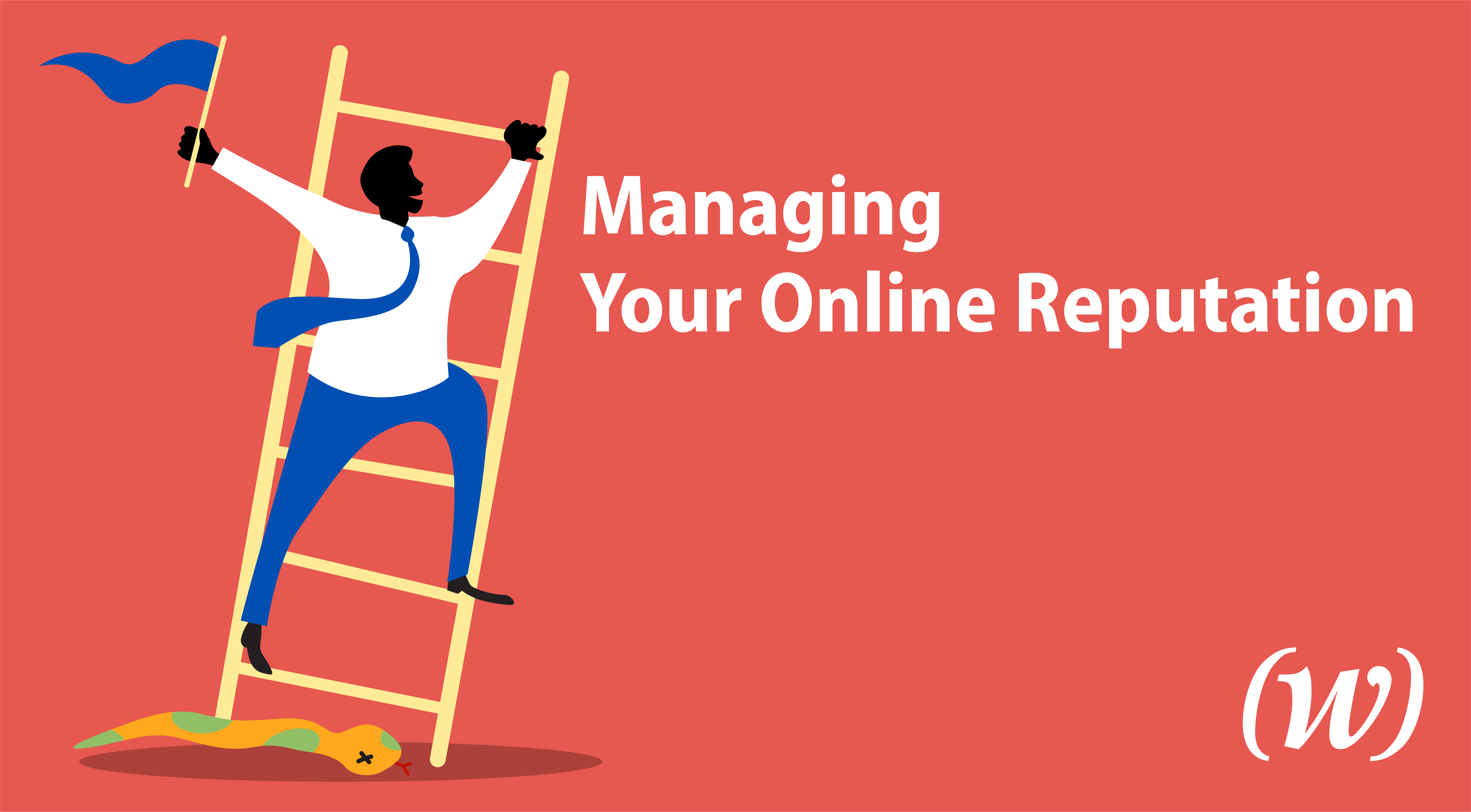
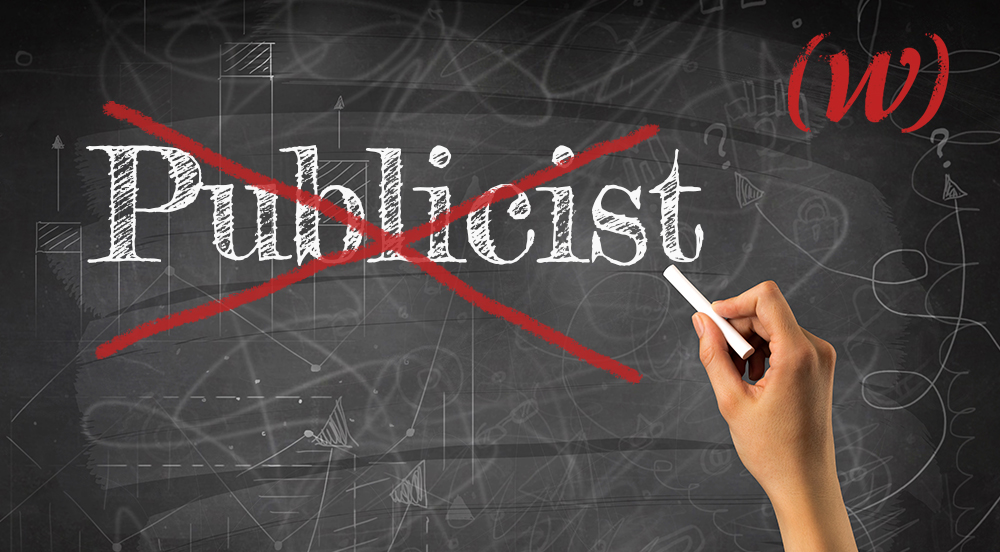

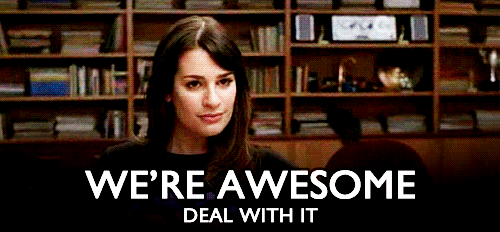



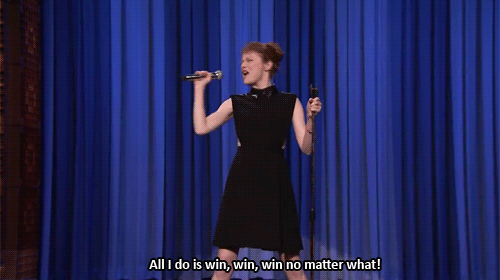


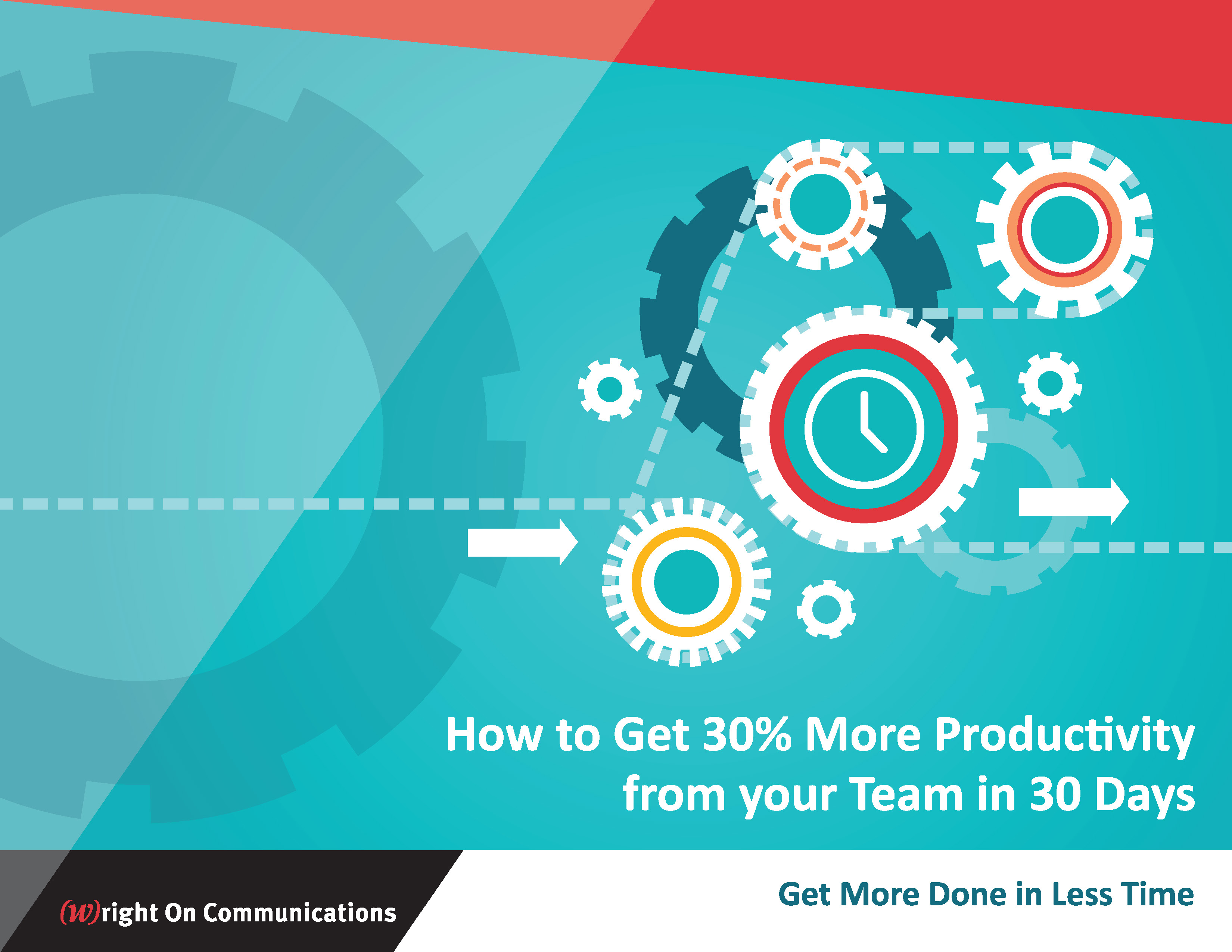







 Grant Wright
Grant Wright




 Corie Fiebiger
Corie Fiebiger
 Shae Geary
Shae Geary Roman Lukjanenko
Roman Lukjanenko Phelan Riessen
Phelan Riessen Katrina Early
Katrina Early Hamish Marshall
Hamish Marshall